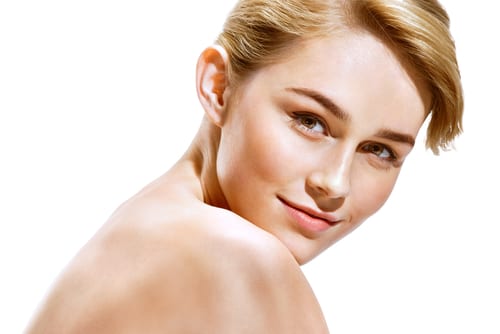 Wrinkles, lines, creases — they’re all annoying like that suck-up dude at work. And they’re depressing, literally. That’s right, as skin sags due to gravity, sun damage, and the decrease of collagen it’s prone to developing creases and lines that simply are depressions down into the epidermis.
Wrinkles, lines, creases — they’re all annoying like that suck-up dude at work. And they’re depressing, literally. That’s right, as skin sags due to gravity, sun damage, and the decrease of collagen it’s prone to developing creases and lines that simply are depressions down into the epidermis.
So, why not just use some acid to plump those wrinkles back up?
Say again?
OK, not the kind of acid people throw in their hot tubs in the Hollywood hills, hyaluronic acid.
Hyaluronic acid is the basis of some of the world’s most popular fillers, including some of those offered by our team at Dr. Ip’s. You’ve probably heard the names of these fillers, but what do you know of their basic ingredient, hyaluronic acid?
Hyaluronic acid is your friend
You didn’t hear about it in your high school biology class, but you can find hyaluronic acid in almost every living thing. It occurs naturally, unlike Donald Trump’s skin color. In humans it acts as a network that transfers essential nutrients from the blood to the skin cells. It can be found in high concentrations in soft connective tissue, and in some cartilage and joint fluids. It is injected into joints of people with arthritis.
But it’s the relationship hyaluronic acid has with the skin that makes people with facial wrinkles hop up and down like the Easter Bunny. This is because hyaluronic acid binds with water molecules in the skin to plump, hydrate, and keep the skin firm. Those characteristics are what you would think of with young skin.
Which fillers are based on hyaluronic acid?
There are new fillers coming on the market every year. But chances are you’ve heard of these three: Juvederm, Perlane, and Restylane. They are three of the most requested fillers in the world, second only to the neuromodulator Botox. These three hyaluronic acid fillers are popular with Dr. Ip’s patients in all three office locations. These fillers are known as “natural” fillers because of their hyaluronic acid.
What skin issues do hyaluronic acid fillers treat?
Different fillers are made to target specific facial issues. For instance, that’s why some are thicker than others, as they are intended to supply volume in specific areas. Here are the items that hyaluronic fillers address.
- Marionette lines
- Frown line between the eyebrows
- Deep smile lines
- Redefining lip borders
- Acne scars
- Cheek depressions
- Worry lines on the forehead
- Scars from acne, burns, or wounds
- Smoker’s lines
The consistency of the gel is the deciding issue where different fillers work best. For instance, Perlane is much thicker than Juvederm, so it is better at filling volume-deficient areas, while Juvederm is better at areas with thinner skin and for filling wrinkles.
Put hyaluronic acid to work on your aging skin. Call Dr. Ip at either his Newport Beach, Beverly Hills, or NYC offices and ask about our hyaluronic acid fillers.


